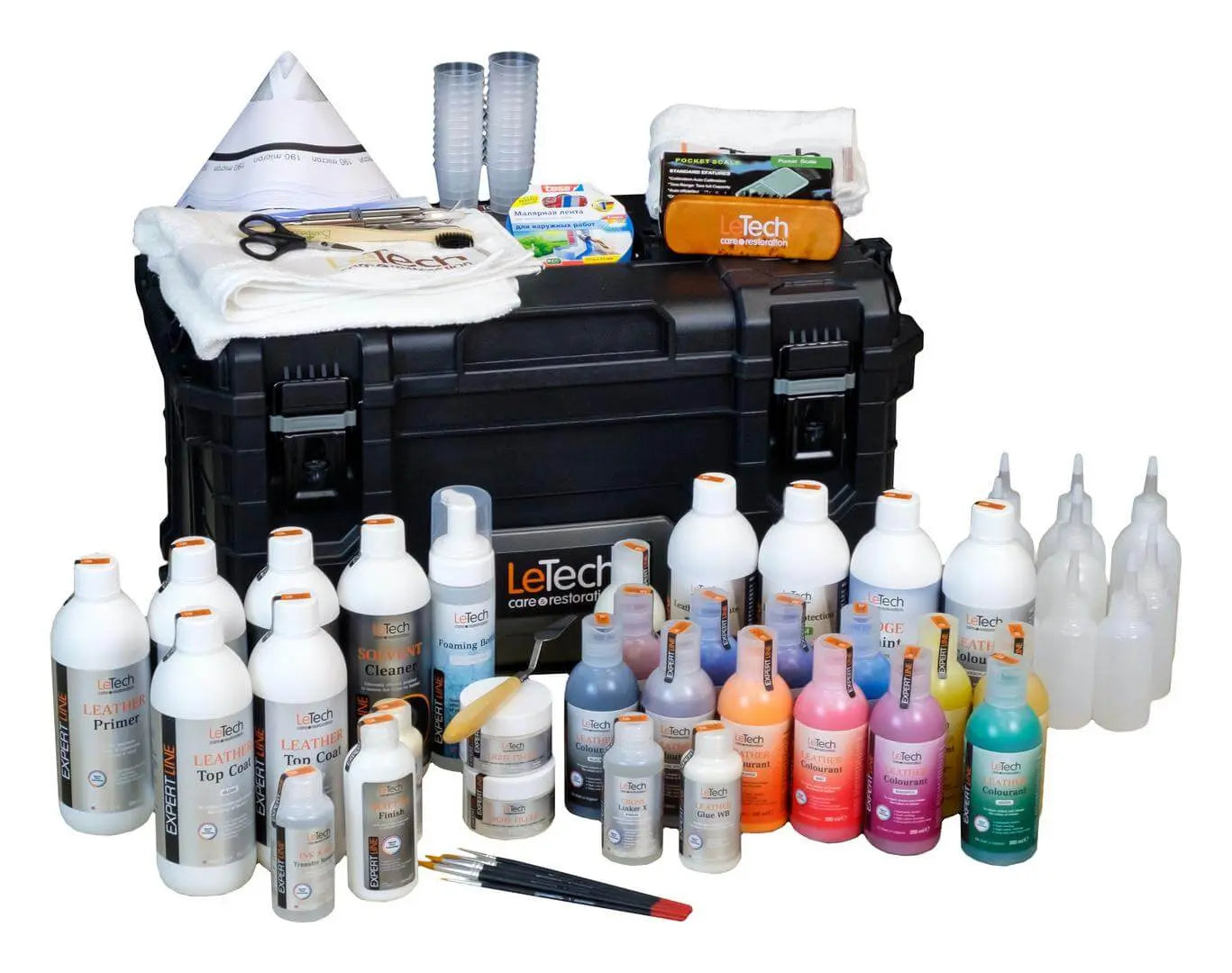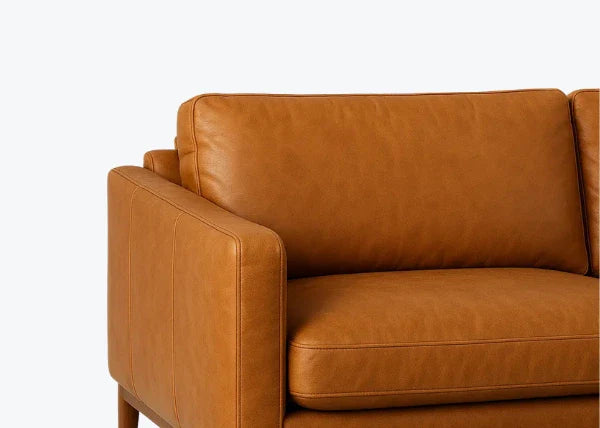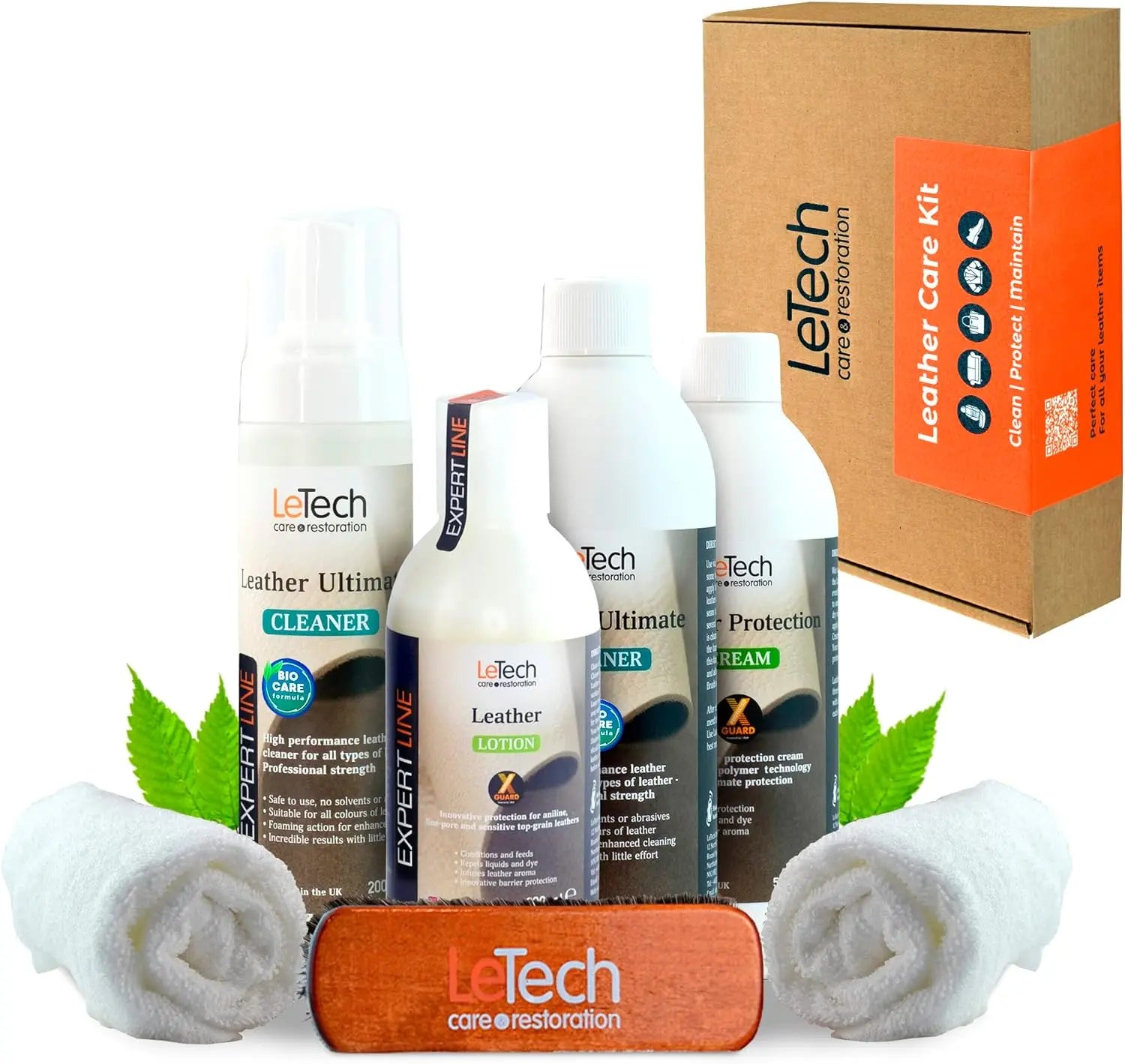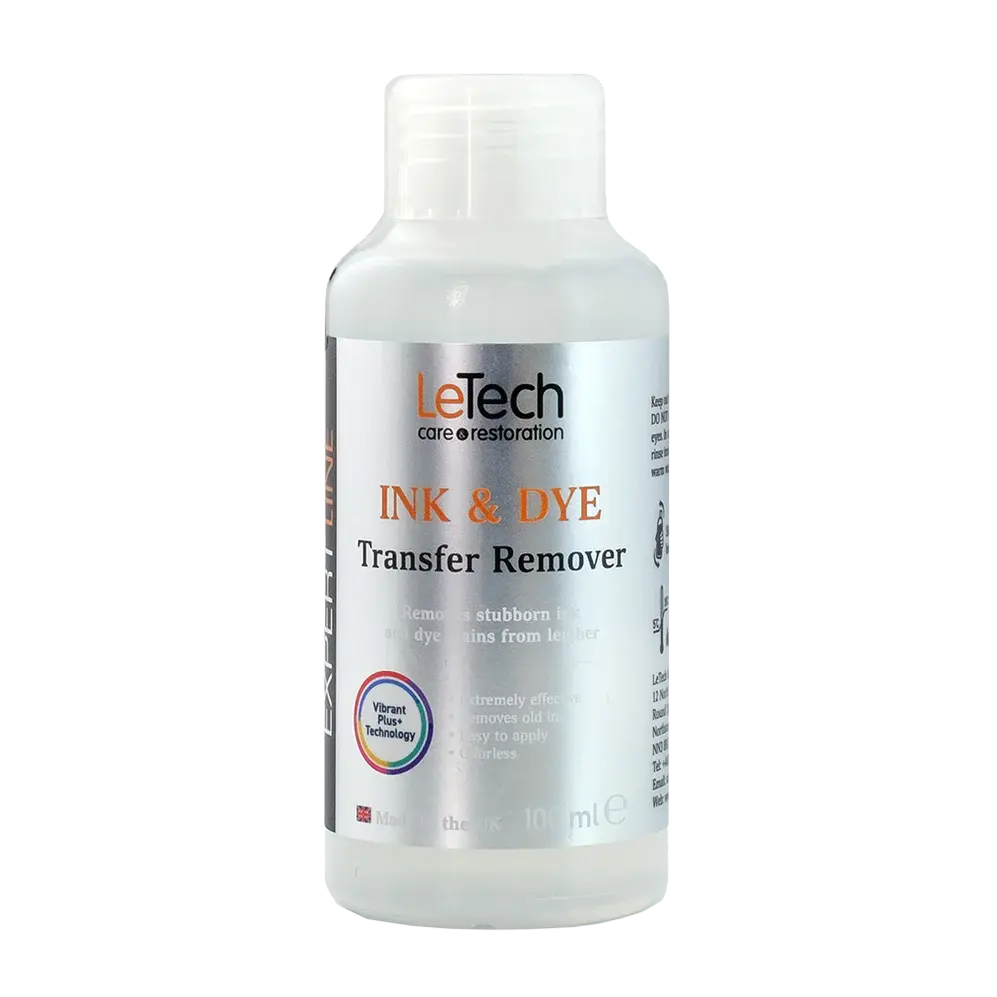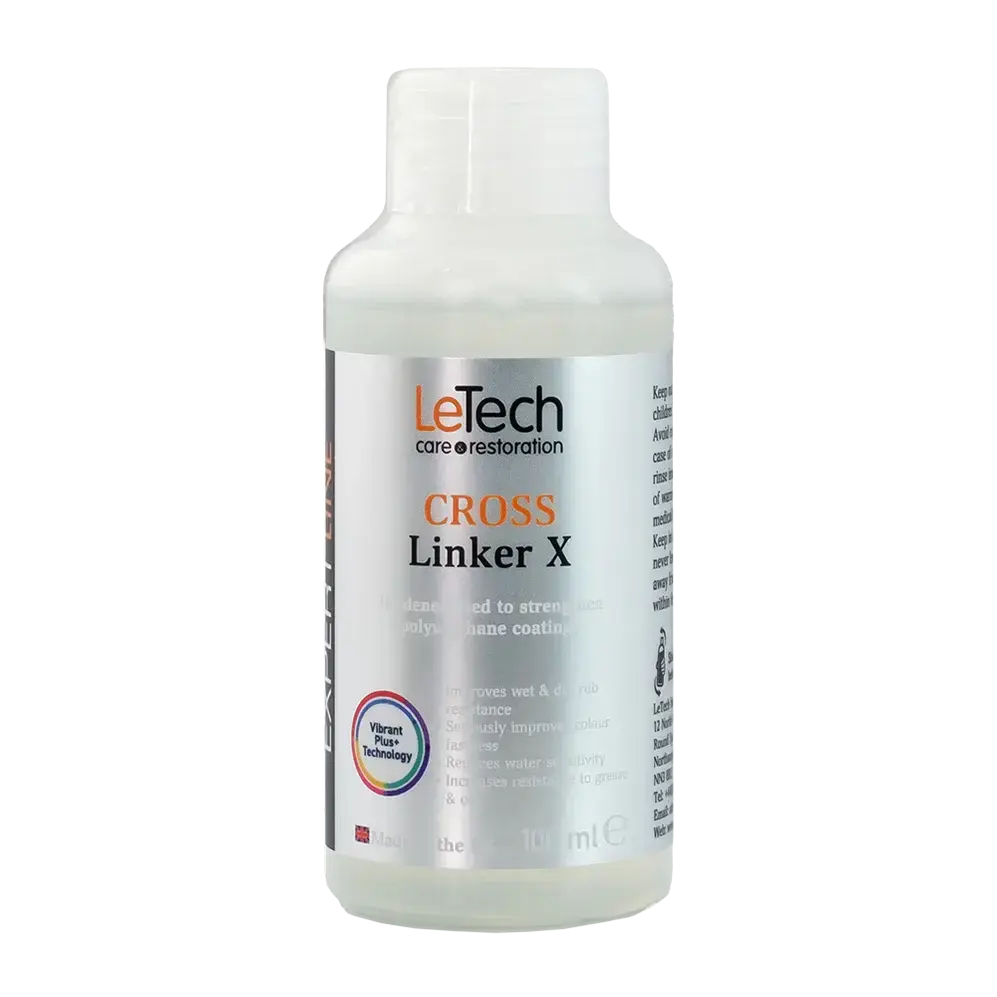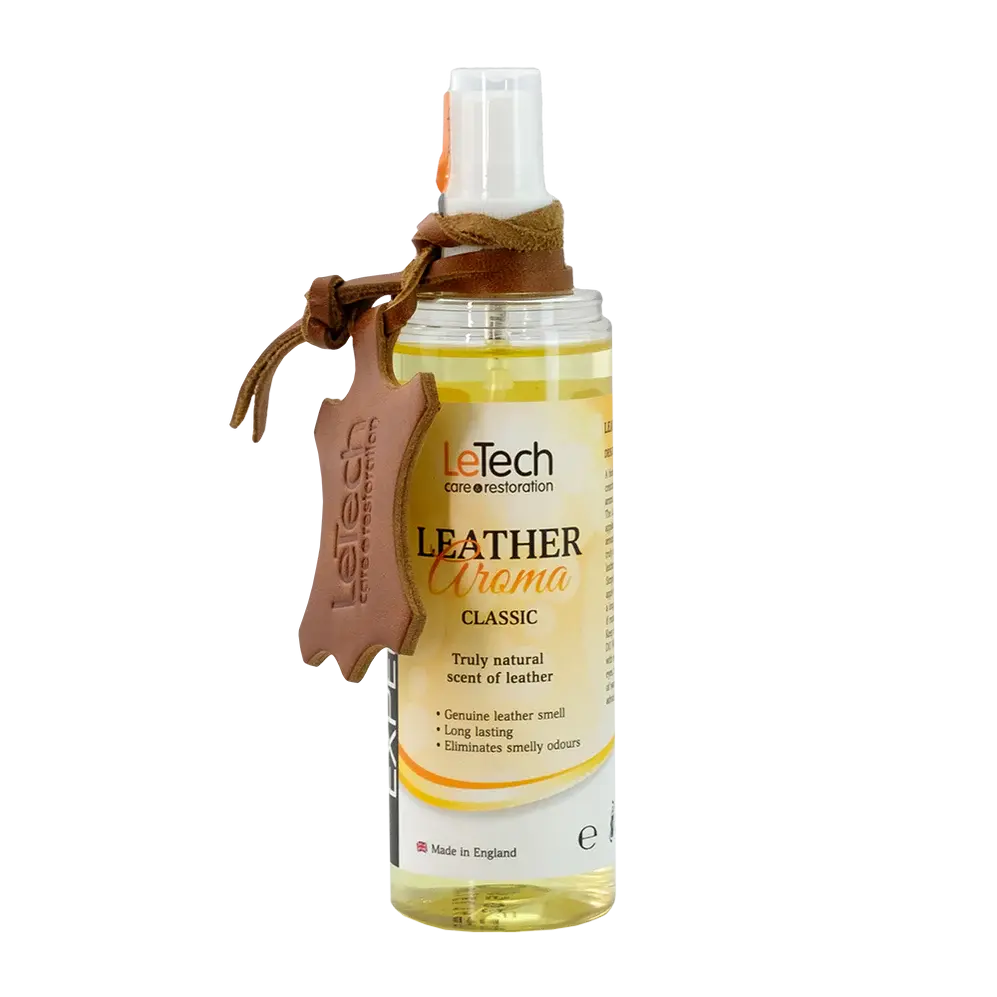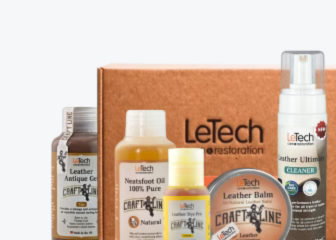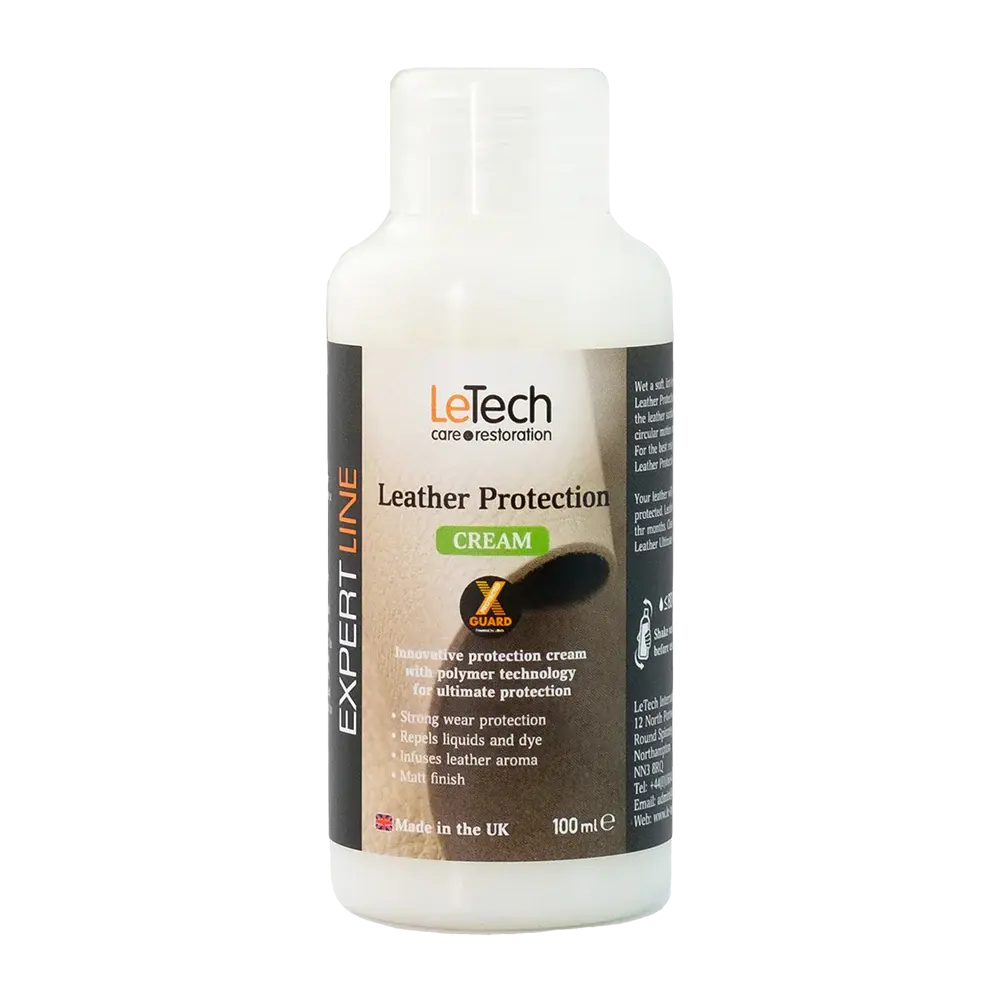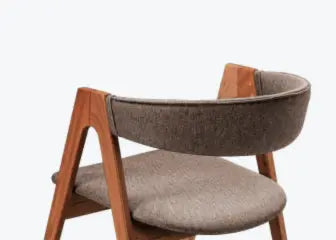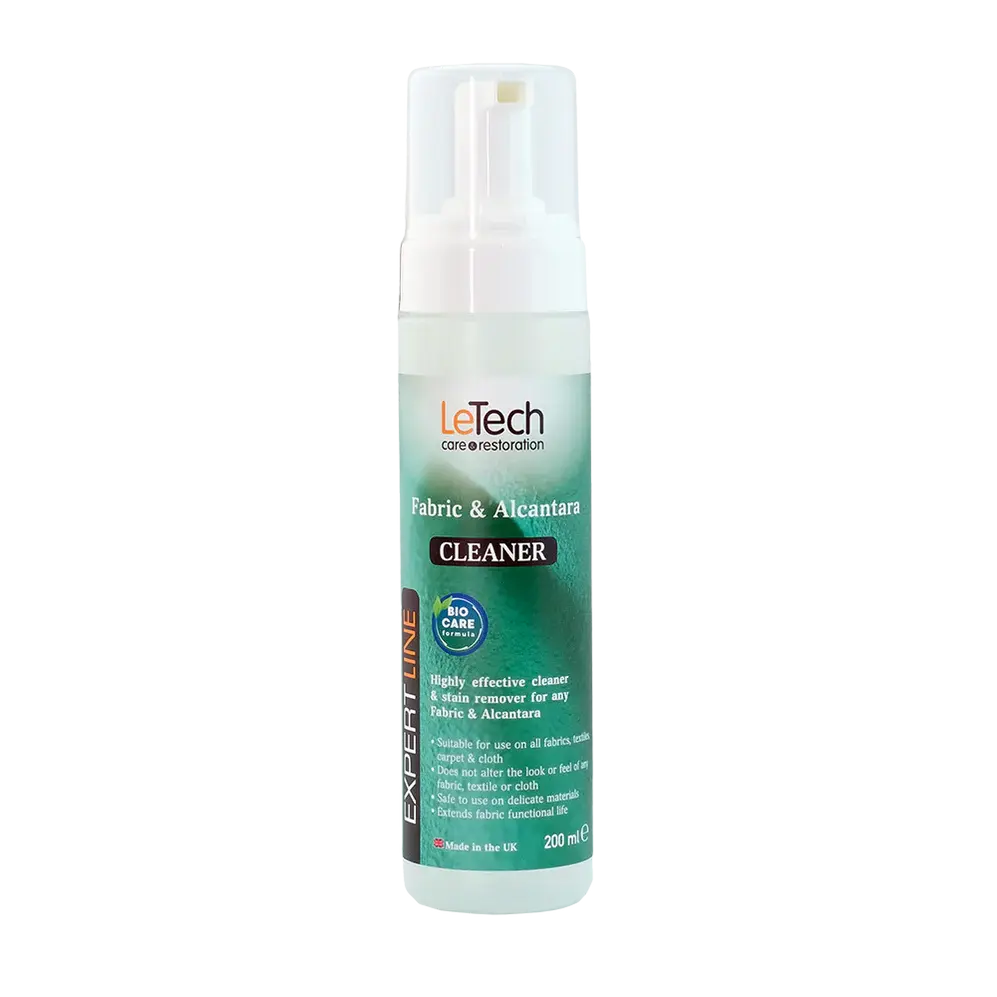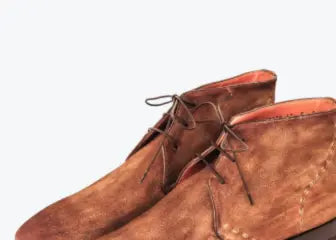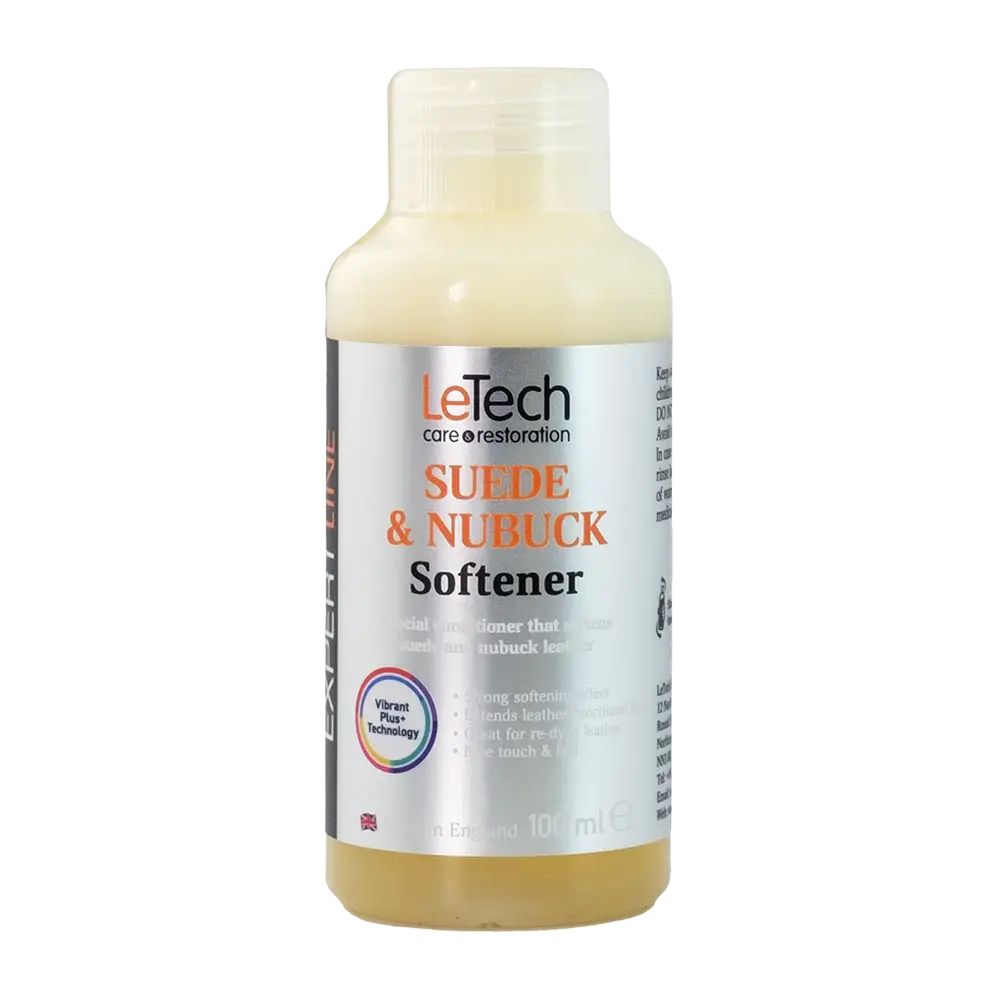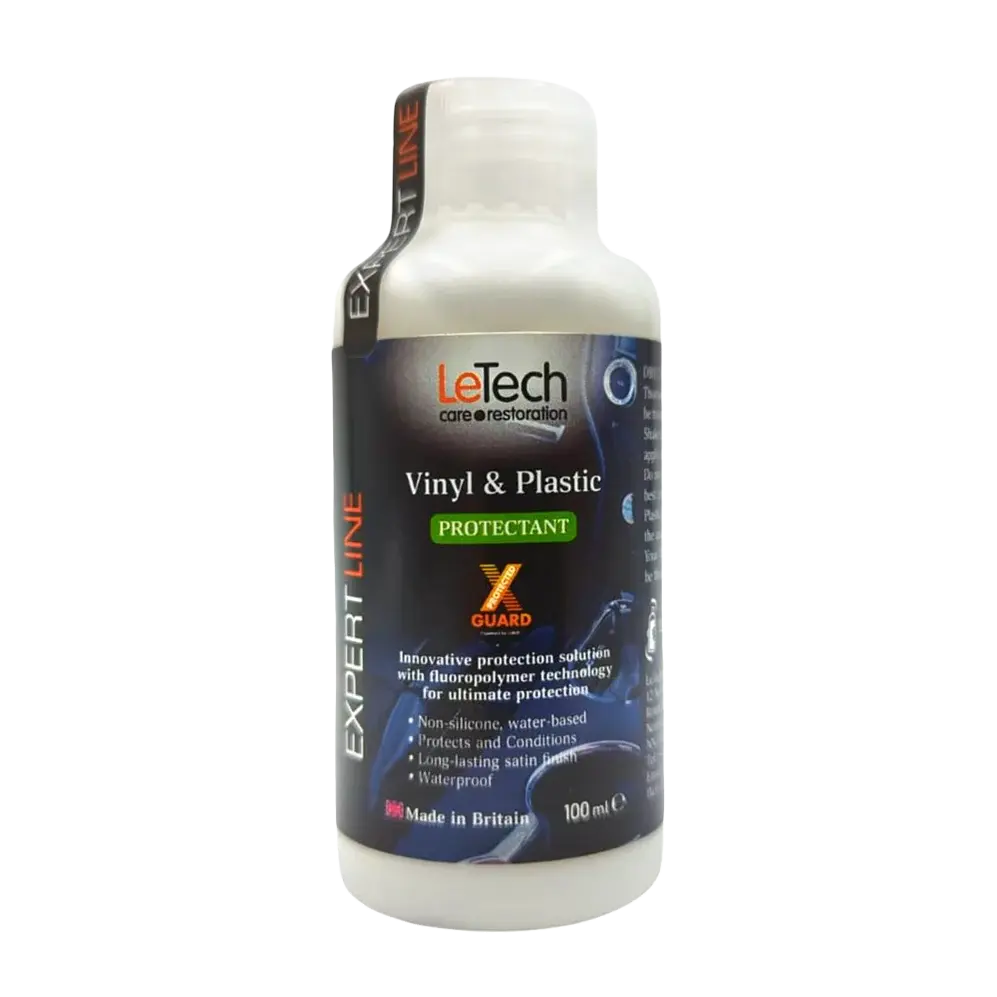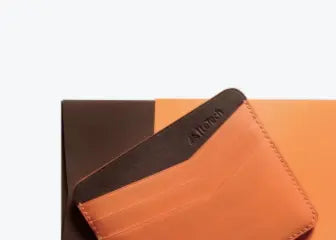
Nappa Leather Explained: Care & Features
Nappa Leather: Care & Features Explained
Nappa leather is a soft, semi-aniline family known for a smooth, fine grain, premium hand feel, and refined appearance. This guide explains how the term emerged, how finishes influence durability, and how these properties affect safe cleaning, protection, and recolor. With clear, field-tested steps for nappa leather care, you’ll make confident service decisions for fashion items and automotive interiors.

Nappa Leather Care & Features
In modern usage, “nappa leather” generally refers to a family of high-quality semi-aniline leathers prized for a smooth grain, soft hand, and refined optics. While definitions vary by manufacturer, the term is shorthand in the automotive and fashion industries for luxurious yet practical leather with elevated comfort and breathability that suits nappa leather cleaning routines.

History of Nappa Leather
The name traces back to Napa, California, where 19th-century tanneries experimented with tanning and fatliquoring to achieve supple, durable leather. Over time, “nappa” evolved from a place-specific label into a broader market term for premium soft leathers, and modern nappa leather spans finishes tailored to comfort and durability.

Key Characteristics of Nappa Leather
Most nappa leather shares these traits: smooth, fine grain; semi-aniline coloration with a light protective coat; soft, elastic hand from balanced fatliquoring; and comfort with better resistance than pure aniline.

What this means for care
- Use pH-balanced cleaners for finished/semi-aniline leather.
- Protect with breathable conditioners and compatible top-coats.
- For scuffs or fade, use professional recolor systems for nappa leather care.
Use of Nappa Leather in Automotive Interiors
Premium brands use nappa leather for seat upholstery, door cards and trims. The tactile softness, thermal comfort and refined optics suit modern cabins and align with high-standard nappa leather care programs.

Conclusion & Next Steps
- #aniline leather
- #how leather is made
- #leather care
- #leather cleaning
- #leather finishing
- #Leather Napa
- #leather repair course
- #leather restoration
- #leather restoration training
- #leather tanning
- #napa
- #pigmented leather
- #professional leather products LeTech USA
- #tanning
- #tanning chrome
- #tanning vegetable
- #types of leather
Share

